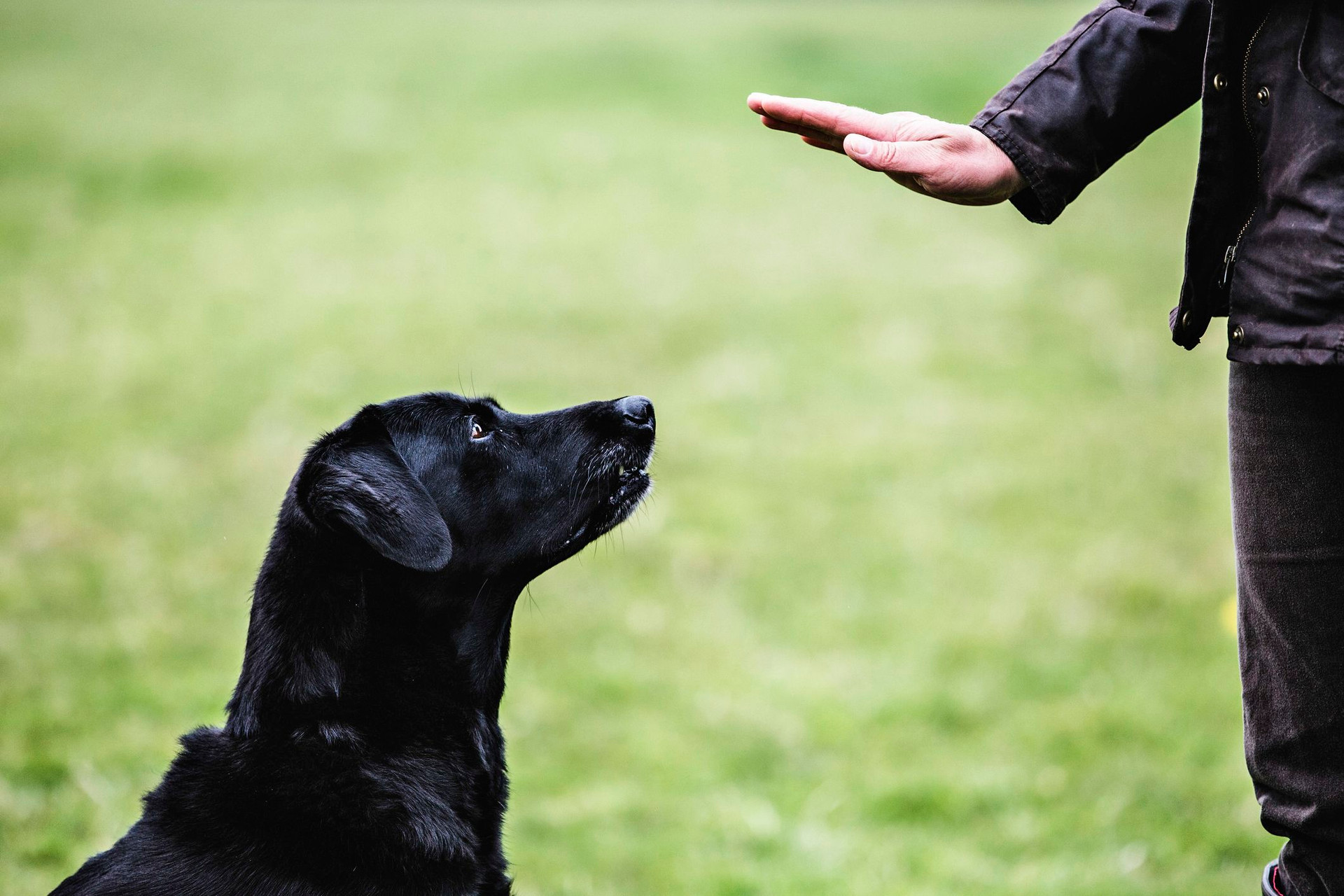Remote dog training collars have become an invaluable resource for dog owners seeking to address behavioural challenges and strengthen their bond with their furry companions. When used properly and humanely, these tools can transform problematic behaviours into positive habits, creating a happier home environment for both pets and their families.
Addressing Common Behavioural Issues
Dog training collars excel at tackling some of the most frustrating behavioural problems that regular dog owners face.
For dogs who struggle with recall or tend to wander off during walks, remote training collars offer a safe way to reinforce commands from a distance. This technology proves especially valuable for active families who enjoy time at the beach or visiting dog parks, where reliable recall can be the difference between a fun outing and a stressful chase.
Many dogs struggle with behaving around the house and with some diligence a training collar can bring an end to a multitude of negative behaviours including digging up the garden, pulling washing off the line and chewing shoes or outdoor furniture.
A dog training collar can also be a great tool to stop your dog pulling on the lead whilst walking. Lead pulling and behaving aggressively towards other dogs are some of the most common issues that stop dog owners from walking their dogs.
Building Consistent Communication
One of the greatest advantages of training collars is their ability to provide consistent feedback regardless of the owner's presence or emotional state. Unlike human reactions, which can vary based on mood or energy levels, training collars deliver the same measured response every time. This consistency helps dogs understand expectations more clearly and accelerates the learning process.
Modern training collars offer multiple levels of stimulation, allowing owners to find the gentlest effective setting for their individual dog. Many models include vibration and sound options before any static correction, giving dogs multiple opportunities to respond appropriately.
Choosing the Right Approach
Success with training collars depends on proper selection and usage. Consulting with professional trainers or contacting us can help owners choose appropriate devices for their dog's size, temperament, and specific needs.
When used thoughtfully as part of a broader training strategy, dog training collars can restore peace to households while helping dogs become more confident, well-behaved companions. The key lies in viewing these tools as communication aids rather than punishment devices, focusing on clear guidance that helps dogs succeed in their daily lives.






